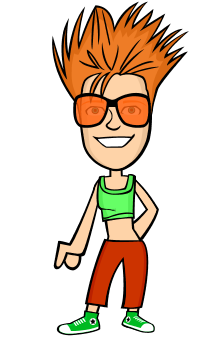Theoretical Framework
Three properties of audio-visual media help to indicate why they and what they can accomplish that teacher alone cannot accomplish or will accomplish less efficiently. (Cruz as cited by Acelajado 2010).
First is the fixative property where audio-visual media permits the capture preservation and reconstitution of an object event. Photographic films, videotape and audiotape can save information available at any future times.
The second is manipulating or editing property. This permits the rearrangement of materials or information for purpose of updating, change of emphasis or corrections. The videotape and audiotape can be spliced and recorded.
Lastly, is the distributive property. The property allows the transmission of an event through spaces, simultaneously presenting it to thousands, even millions of viewers could have virtually vertical viewing experience. Information recorded in an audio-visual media can also be produced as needed.
According to Bruner’s cognitive gestalt tradition, his goal is to create a theory of instruction that will allow a teacher to prescribe how a given subject can be best taught. He insists that meaning for learning require the child to search actively for solutions. Such discovery leaning is far more long-lasting and useful than learning in memorization and conditioning.



